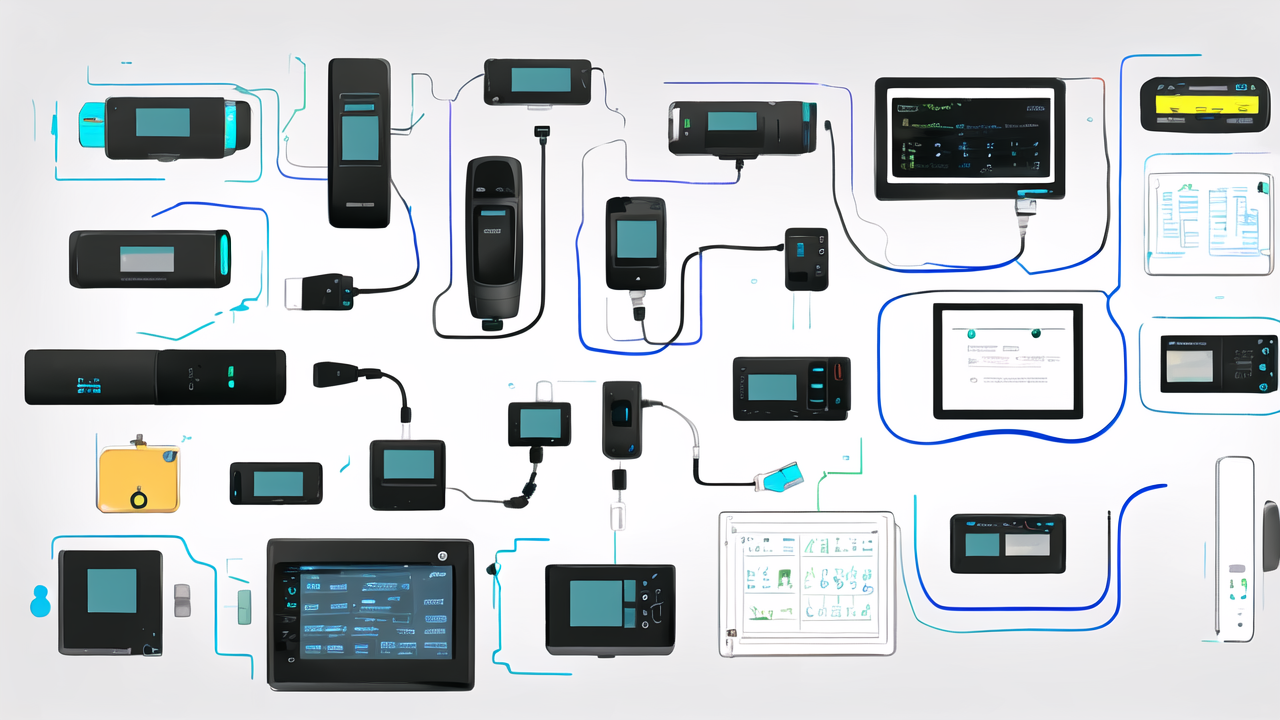Understanding the Landscape of Walkie-Talkies in the United States
The Evolution of Walkie-Talkie Technology
Walkie-talkies have come a long way since their invention in the 1940s. Originally bulky and limited, they've evolved into compact, feature-rich devices. Early models used vacuum tubes and had short ranges. Today's walkie-talkies use advanced transistors and integrated circuits. This allows for longer range, clearer audio, and more features. Digital technology has further improved communication quality. Many modern walkie-talkies now offer encryption for secure conversations. Some even integrate with smartphones for enhanced functionality.

Regulatory Standards for Walkie-Talkies in the US
In the US, the Federal Communications Commission (FCC) regulates walkie-talkies. They fall under two main categories: FRS (Family Radio Service) and GMRS (General Mobile Radio Service). FRS walkie-talkies are license-free and limited to 2 watts of power. GMRS devices can be more powerful but require a license. The FCC sets frequency bands and channel numbers for each type. They also enforce rules on transmission power and antenna designs. It's crucial to choose FCC-compliant walkie-talkies to avoid legal issues. Always check the product specifications for FCC certification before purchasing.
The Current Market Trends for Walkie-Talkies
The walkie-talkie market in the US is seeing several trends. There's a growing demand for rugged, waterproof models for outdoor activities. Many consumers now prefer devices with GPS capabilities for location tracking. Long battery life is becoming a standard expectation. Some manufacturers are integrating solar charging for extended use. There's also a trend towards more user-friendly interfaces with larger displays. Bluetooth connectivity is gaining popularity for hands-free operation. Professional-grade walkie-talkies are adopting advanced features like noise cancellation. The market is also seeing an increase in eco-friendly, rechargeable models.
Key Features to Look for in Top-Tier Walkie-Talkies
High-Quality Sound and Durability
Sound quality is crucial in walkie-talkies. Look for models with clear audio and good volume control. Noise-canceling technology can greatly improve communication in loud environments. Durability is equally important, especially for outdoor use. The best walkie-talkies are often water-resistant or waterproof. They should also be dust-proof and shock-resistant. Look for devices with IP ratings like IP67 for maximum protection. Sturdy construction with rubberized exteriors can prevent damage from drops. Some high-end models offer floating designs for water activities. Consider the climate and conditions where you'll use the walkie-talkies when assessing durability features.

Advanced Features and User-Friendly Interfaces
Top-tier walkie-talkies offer a range of advanced features. Look for models with multiple channels for flexibility in communication. Privacy codes are essential for reducing interference from other users. Some devices offer hands-free operation through voice activation (VOX). Backlit displays are useful for nighttime use. Weather alert features can be crucial for outdoor enthusiasts. Consider walkie-talkies with built-in flashlights for added utility. User-friendly interfaces are important for ease of use. Look for large, easy-to-read screens and intuitive button layouts. Some models offer customizable settings for personalized use. Advanced scanning features can help you find clear channels quickly.
Battery Life and Power Efficiency in Different Models
Battery life is a critical factor in walkie-talkie performance. Look for models that offer long talk time and standby time. Lithium-ion batteries are popular for their longevity and quick charging. Some high-end models offer dual power options with rechargeable and disposable batteries. Power-saving features like auto shut-off can extend battery life. Consider the charging options available, such as USB or desktop chargers. Solar-powered options are great for extended outdoor use. Some models offer battery level indicators for better management. Higher wattage doesn't always mean better performance. Balance power with efficiency for optimal results. Look for walkie-talkies with adjustable power settings for versatility.
Best Practices for Selecting Your Walkie-Talkie
Assessing the Needs of Your Business or Organization
Start by identifying your specific communication requirements. Consider the environment where you'll use the walkie-talkies. For indoor use, lower-powered models may suffice. Outdoor or long-range needs require more powerful devices. Think about the number of users and required range. Assess any special features needed, like emergency alerts or GPS. Consider the level of privacy required for your communications. Some businesses may need encrypted transmissions. Think about the durability needed based on work conditions. Healthcare settings might need sanitizable models. Construction sites require rugged, weather-resistant devices. Consider compatibility with existing communication systems if applicable.

How to Compare Prices and Specifications
When comparing walkie-talkies, look beyond just the price. Consider the total cost of ownership, including batteries and accessories. Compare the range specifications under real-world conditions, not just ideal scenarios. Look at the number of channels and privacy codes offered. Compare battery life and charging options between models. Check for additional features like weather alerts or VOX functionality. Read user reviews to get real-world performance insights. Compare warranty terms and customer support options. Look for bundle deals that include useful accessories. Consider the long-term availability of replacement parts and batteries. Balance features with price to find the best value for your needs.
Where to Look for the Best Deals on Walkie-Talkies
Start your search with reputable electronics retailers, both online and in-store. Check manufacturer websites for direct sales and special promotions. Online marketplaces like Amazon often offer competitive prices and user reviews. Look for seasonal sales, especially during Black Friday and Cyber Monday. Consider refurbished models from authorized dealers for cost savings. Check outdoor and camping stores for specialized, rugged models. Professional radio equipment suppliers may offer high-end options. Don't overlook local electronics stores for personalized service. Compare prices across multiple sites to ensure you're getting the best deal. Look for bundle offers that include essential accessories for better value.


